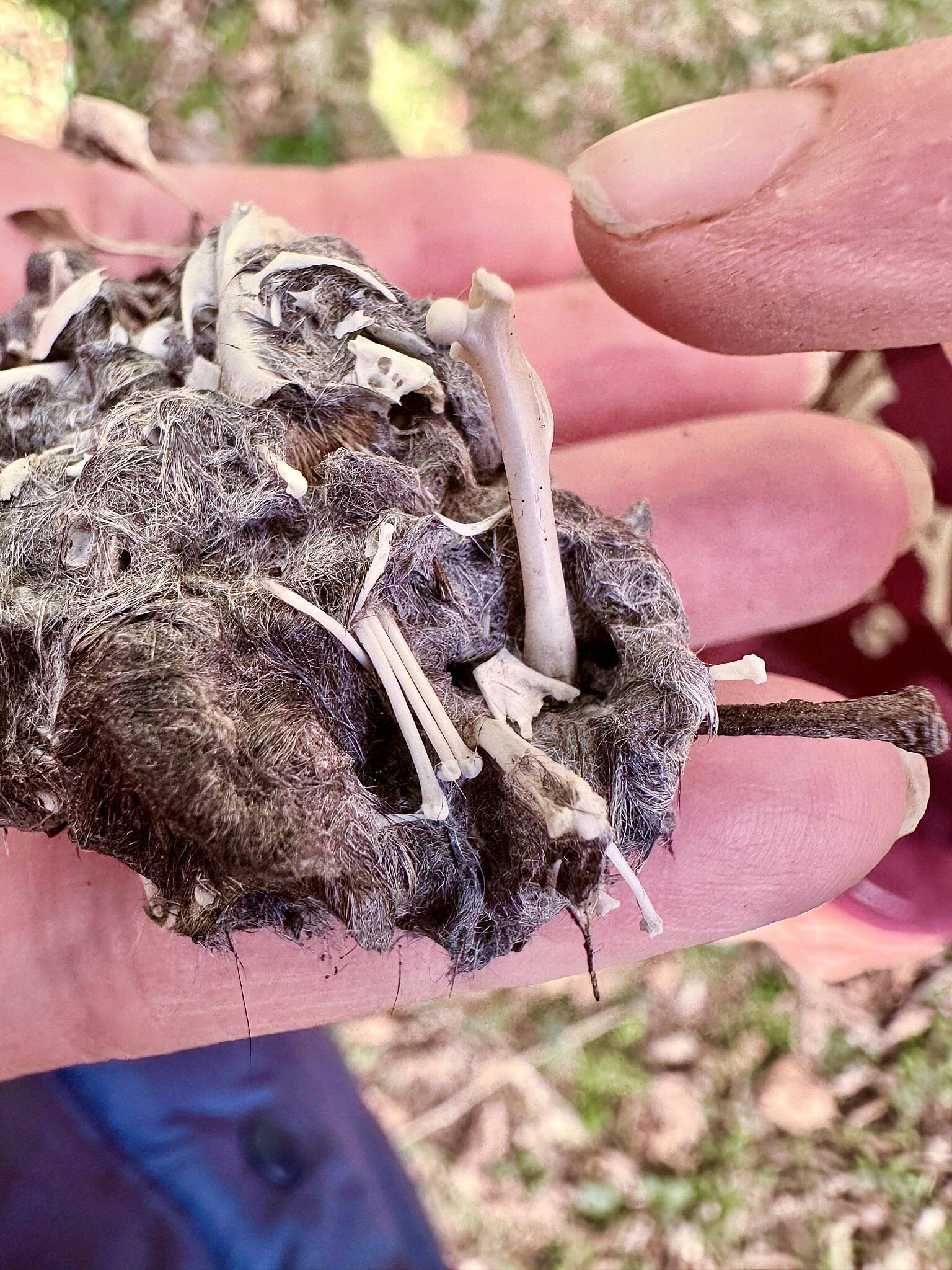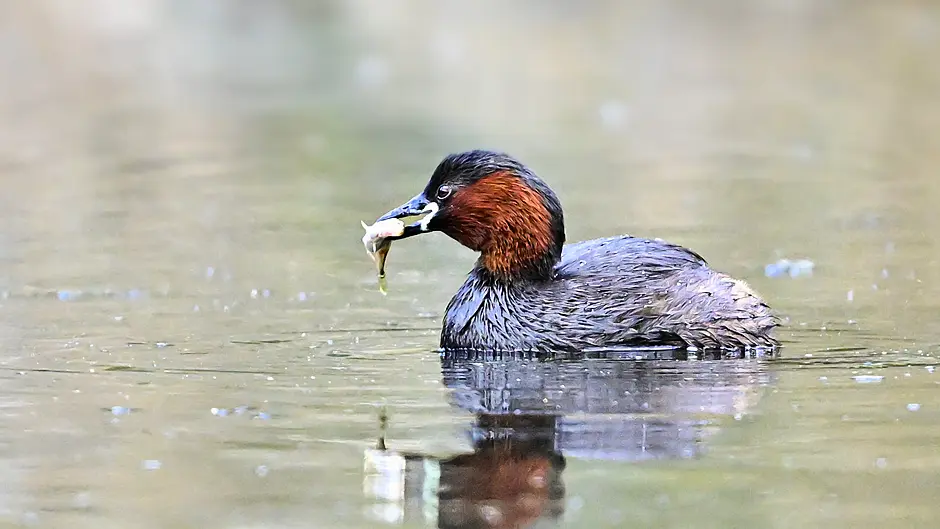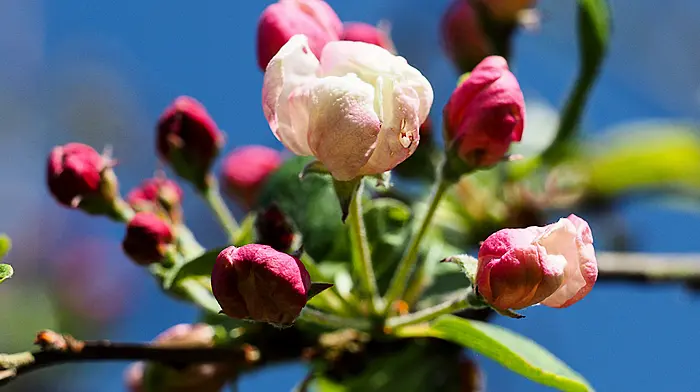
YOU don’t have to leave West Cork to enjoy a wonderful day out in nature, but sometimes it’s nice to explore somewhere different. Our family recently visited Fota Arboretum and Harper’s Island Wetlands, near Glounthaune, for a wildlife-filled adventure.
Our first stop was the 11-acre arboretum on Fota Island in Cork Harbour. This beautifully maintained space is home to a diverse collection of trees and shrubs, many of which were unfamiliar to me, originating from distant lands but no less stunning. Open year-round and free to explore, it offers an ever-changing display of flora.
During our visit, many trees and shrubs were in bloom, creating a sensory delight. The arboretum also features a pond, which teems with damselflies and dragonflies in summer. On this occasion, the most noticeable pond life was the water birds. Mallards, a heron, little grebes, and moorhens were busy feeding, with the moorhens actively nesting.
Searching for red squirrels
Earlier this year, I mentioned that spotting a native red squirrel was high on my 2025 wildlife wish list. Fota Arboretum is an excellent place to look for them, as they thrive among the pine trees, feasting on the abundance of seeds from pine cones. Red squirrels are even seen in the adjacent Fota Wildlife Park. Fortunately, Fota Island remains free from invasive grey squirrels, which compete for food and habitat and carry diseases like squirrel pox.
Sadly, I didn’t spot any red squirrels this time, but my husband did! He managed to capture photographs of one feeding and scampering among the branches. My own search for red squirrels will just have to continue.
 My son and I, both fascinated, examine a regurgitated owl pellet which was full of rodent bones. (Photo: Ann Haigh)
My son and I, both fascinated, examine a regurgitated owl pellet which was full of rodent bones. (Photo: Ann Haigh)
Owl pellets
While my husband was lucky enough to see a red squirrel, my son and I were preoccupied with something equally fascinating. We stumbled upon numerous owl pellets beneath a tree, likely left by a long-eared owl. Owl pellets provide evidence of owl presence and contain the regurgitated indigestible remains of prey, such as clumps of fur, feathers, bones, and skulls. While many bird species produce pellets, those from owls are the most studied.
Owl pellets not only provide valuable insight into owl presence, they also give information about their diet and the presence and distribution of their prey species. Small mammals such as mice, rats, voles, and shrews can be identified and confirmed in an area by examining their remains in owl pellets. Indeed, owl pellet findings have recently provided valuable information about a new-to-Ireland species, the short-tailed field vole (Microtus agrestis).
This non-native vole was first confirmed in Co. Monaghan in 2020 but is thought to have been present here for some time before that. It has since been reported, including through finding remains in owl pellets, in counties Antrim and Down.
 A cheeky looking red squirrel at Fota Arboretum, feasting on the plentiful seeds there. (Photo: Nick Haigh)
A cheeky looking red squirrel at Fota Arboretum, feasting on the plentiful seeds there. (Photo: Nick Haigh)
Rosemary beetle
Our last visit to Fota Arboretum and Gardens was in 2023, and back then, I had spotted a striking beetle on lavender in the walled garden. Hoping to see it again, I was disappointed to find the gardens closed, as it was still early in the year. If you plan to visit, it’s worth checking the opening times of this particular area online beforehand.
The beetle in question, the rosemary beetle (Chrysolina americana), is particularly interesting as it is a recent arrival in Ireland. The National Biodiversity Data Centre reports the first record in their database in 2016. This 8 mm-long beetle, with a metallic green body and purple iridescent stripes, is stunning. Both the adults and larvae feed on rosemary, lavender, and thyme.
These beetles are increasingly found across the country on their preferred food plants, so I will be keeping an eye out for them elsewhere this year, even though I missed checking for them in Fota Gardens.
Wonderful wetlands
Harper’s Island Wetlands is another fantastic, free-to-visit location teeming with nature. However, it is important to note that dogs are not allowed to prevent disturbance to wading and ground-nesting birds. There is a short loop walk and two bird observatories, or hides, complete with informative signs and posters. They even provide binoculars in the hides for the public to use to get a closer look at the wading birds. High tide is a suitable time to visit, as the mudflats in the harbour get covered and the birds retreat to the reserve en masse.
Sand martin walls
We were particularly keen to see the two sand martin nesting walls that are installed at Harper’s Island. These structures, which provide safe nesting cavities, are also newly constructed in various locations across West Cork, such as Ballydehob and Myross Wood, to support the breeding success of these fascinating birds. Naturally, sand martins create burrows in riverbanks, quarries, sandy sea cliffs, and sand dunes.
Sand martins typically return to Ireland from sub-Saharan Africa in March and are the first hirundine species (which include swallows and house martins) to arrive. Several had already been spotted at Harper’s Island this year, but when we visited on 15th March, we saw no sign of nesting activity at the sand martin wall. This is unsurprising, as the birds usually take time to settle and feed before beginning to breed and build their nests.
Exploring these natural havens on our doorstep was a lovely experience, and I look forward to returning to see what changes the seasons bring. Whether you are searching for red squirrels, spotting new beetles, or observing birdlife, the county of Cork is brimming with nature’s wonders.






